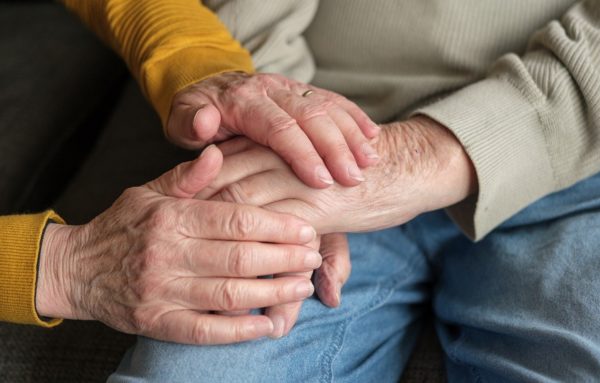There are around 17,700 care homes in UK with around 430,000 residents. Most residents are over 80 years old with varying levels of complex healthcare needs. Hospital attendances and admissions can be hazardous for residents, with high rates of hospital-acquired infections, increased confusion and falls.
Since Covid, where the need for remote care massively increased during lockdowns, there has been an increased focus on how technology can be used in care homes to support the care staff and residents.
The impact of remote monitoring technology
A research study supported by Health Data Research UK (a collaboration between the universities of Sheffield, Durham, Lancaster and Newcastle) has found that “the use of a digital remote monitoring technology in care homes has been found to reduce hospital A&E attendances by 11% and emergency admissions by 25%”
Acoustic Monitoring, which is the use of devices to measure changes in the levels of noise to detect coughing, patients’ movement (in and out of bed or falls) and listening for cries for help, has already started to be implemented in care homes. From case studies completed, data suggests that this monitoring reduces the number of night time checks by care staff by up to 75%, and reduces hospital admissions by 20%.
The Langzhi Digital Care Pads & Mats can add an extra layer to this remote monitoring. By tracking vital signs such as heart rate and blood pressure, as well as tracking movement in and out of bed, it will give a real time insight into the status of the residents and allow care staff to focus on those in true need of support.

